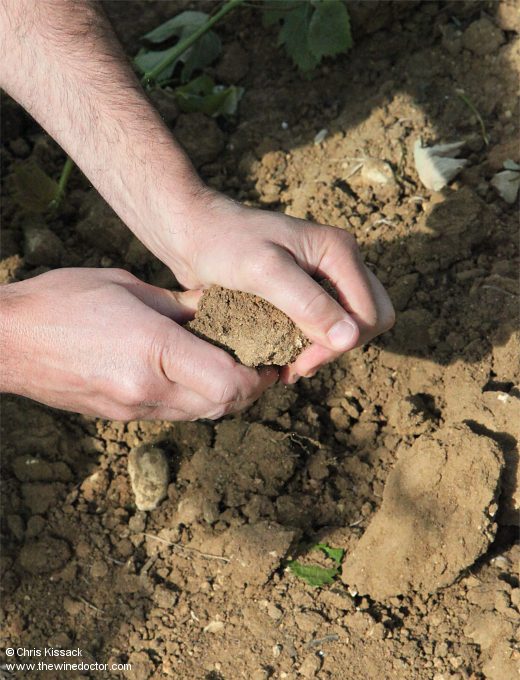Beyond the Turonian
Alongside the Turonian limestone found throughout the region, Touraine is blessed with other limestones, both older and younger. They play a much smaller role in the geology of the region’s many appellations, but they do still deserve some attention. In this instalment of my guide to the wines of Touraine I will take a look at two other geological stages of the Upper Cretaceous which are of relevance to the region, the Cenomanian and the Senonian, as well as exploring some of the soils that characterise the vineyards of Touraine.
The Cenomanian
The Cenomanian stage, which preceded the Turonian, lasted 7 million years, beginning 100 million years ago. It is the oldest stage of the Upper Cretaceous, during which much of what is today Europe was covered by a shallow sea. Thus the Cenomanian and much of the Cretaceous, like the Jurassic (which was many millions of years earlier), was an era of limestone deposition. Indeed, this is the origin of the word cretaceous, being derived from creta, Latin for chalk.
Having said that, the earliest Cenomanian deposits were sands, in some cases glauconite-rich greensands, sometimes compacted into sandstone, and today these sands can be found deposited across much of the Loire Valley, especially around Richelieu, which lies to the south of Chinon. These light sandy soils are not valued by vignerons, but the local agriculteurs think differently of them, as they are perfect for the cultivation of asparagus. But as time passed the sea became rich in life, and once again calcareous deposits began to build up, typically layers of compacted marl comprising sand, clay and the remains of oysters and other bivalves. As noted above this process continued for 7 million years, so it is perhaps not surprising that these compacted Cenomanian limestones, marls and sands are found in layers between 50 and 100 metres thick.
Like the Turonian, the history of the Cenomanian is inherently linked to the Touraine region, as it was here that the stage was first identified and described. Once again it was the French naturalist and geologist Alcide d’Orbigny (1802 – 1857) who was responsible. And just as the Turonian was named for Turones, an old name for the city of Tours, the Cenomanian was named for Cenomanus, an old Roman name for the modern city of Le Mans.

